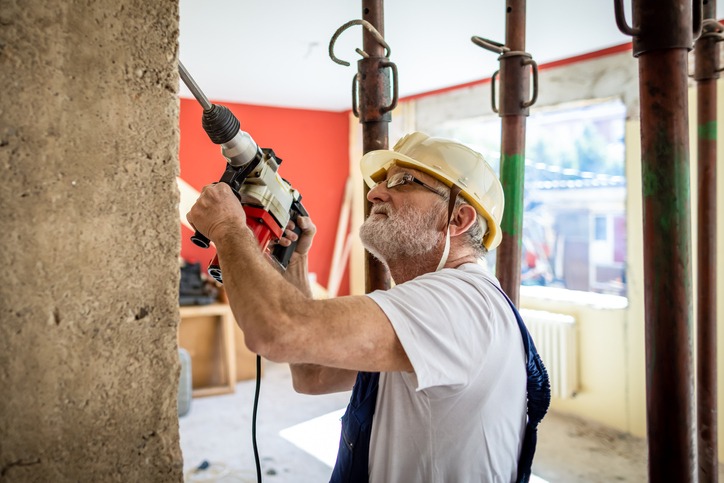Remodelling an older home can culminate in an exciting experience where you can produce the home you’ve always wanted while incorporating its timeless fixtures with any contemporary vision you may have. The remodelling process is worthwhile, and restoring an older home to a fully functioning abode for your household can be illuminating and fruitful, albeit taxing and exhaustive. The efforts that will go into remodelling an old house will be intensive for any homeowner, particularly if you don’t exactly know how to broach a restoration. What areas should be restored? What should be forgone and replaced? How do you go about executing these plans? These questions could swirl around a homeowner’s head as they begin their complete home renovations project.
Find the answers you’re looking for to these questions and perfect your old home restoration!
What you should keep and restore
Upon deciding to remodel the older home you have purchased, some attachments in the house should be salvaged, if possible. Some of these fixtures are irreplaceable, and when you work to restore them, they will augment your home’s structure and interior. What you should keep and restore in your older home can include the following:
- Floors: Authentic hardwood floors can be common in older homes but are an anomaly for modern, affordable houses. Because of this, it is imperative to maintain these hardwood floors and get them refinished and repaired if required. Hardwood flooring is a valuable asset in a home and will increase the value of any home, particularly when you work to restore the floors. You should inspect these floors in case of water damage and see if you need to take further action to restore and refine them.
- Fireplaces: Homes from the mid-century may have fireplaces installed in certain rooms that add a distinct charm and elegance to a house. A fireplace will also be useful in colder climates as it is an alternative heat source. Of course, the fireplace you may have in your older home might be bricked off, or drywall was installed over the opening, but this can be undone if you want to utilize your fireplace.
- Staircases: According to renovations experts, the structural integrity of an original staircase in your home can be maintained through the home restoration process. You’ll most often need to restore the staircase’s balusters, newel posts, rails, and treads if they have been worn over the years. Because the staircase in any home is an intricate part of an active household, restoring it is especially important.
- Windows: Historic windows in older homes can be near impossible to replicate in any way due to the thickness of the glass and when the glass has a specific design on it, such as stained glass. You’ll want to conserve the older windows in your home to the best of your abilities by stabilizing the wood frames that may have decayed and salvaging the glass.
- Doors: Vintage doors in old homes tend to be highly sturdy and should be saved if possible. You can replace the wood on the door that has decayed and deteriorated. If the wood is just a bit worn, you can sand it and restrain it for easy restorative results.
- Trim, moulding, woodwork: Older homes can overflow with intimate detailing on the trim, moulding, and woodwork that only amplifies a home’s essence. These areas can be refurbished using paint, sanding, or staining techniques to maintain your old home’s unique features.
What you should replace
While there are several items and fixtures within an old home that you should salvage and keep, some structural contents of an old house cannot be salvaged. It would help if you had your home inspected by a professional to determine where the structural damage is located and what will need to be replaced, so you can ascertain a rough estimate of how much the replacements will inevitably cost. Here are some of the most common areas of an old home that will need to be replaced:
- Roof: Roofing material is often one of the first to deteriorate because it is exposed to external elements. When you buy an older home, and it still has its original roofing materials, it is safe to assume that you’ll need to replace it.
- Heating and cooling systems: While your older home may have decent heating systems, like a fireplace or woodstove, it is doubtful that they also have an air conditioning system. This is something you might want to add, and you’ll also want to replace any decaying radiators and boilers.
- Insulation or paint: Because the construction of older homes often incorporates toxic substances, such as asbestos and lead, you’ll want to have your home inspected. There could be lead in the paint of your rooms and asbestos in the insulation, which can be particularly apparent in a home that was built before 1978. You’ll want to replace the insulation and painted walls if these toxic substances and materials are found in the house.
- Plumbing: Outdated plumbing and lead pipes will need to be replaced in many older homes for your new house to function correctly. Get your plumbing systems checked by a professional and replace this system if required.

